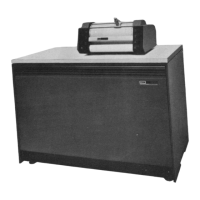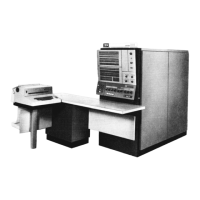v Open the LCD cover. (only if you are using Windows Me
and you entered standby mode by closing the LCD
cover.)
v Turn on the power switch.
Also, in either of the following events, the computer
automatically returns from standby mode and resumes
operation:
v
The ring indicator (RI) is signaled by a serial device or a
PC Card device (Windows 2000 does not support the
ring indicator (RI) resume by PC Card device.)
v The time set on the resume timer elapses.
In Windows 98, the Scheduled Tasks setting takes
priority over the Resume on timer selection in the
“Power Management Properties” window.
Note:
The computer does not accept any input
immediately after it enters standby mode. Wait a
few seconds before taking any action to reenter
operation mode.
Hibernation mode
Note for Windows NT
If you are using Windows NT in NTFS format, you
cannot create a hibernation file. If you want to use
hibernation mode, you will need to reinstall Windows
NT with FAT format.
Note for OS/2
If you are using OS/2 in the default format, HPFS,
you cannot create a hibernation file. If you want to
use hibernation mode, you will need to reinstall
OS/2 with FAT format.
In hibernation mode, the following occurs:
v The system status, RAM, VRAM, and setup data are
stored on the hard disk.
v The system is powered off.
Note:
If the computer enters the hibernation mode while it
is docked to the docking station, do not undock it
from the docking station before resuming normal
operation. If you do undock it and then try to
resume normal operation, you will get an error
message, and you will have to restart the system.
To cause the computer to enter hibernation mode, do any
of the following:
Related service information
General descriptions 41
